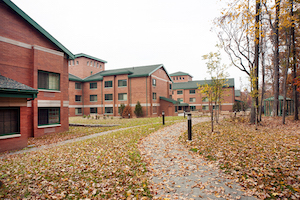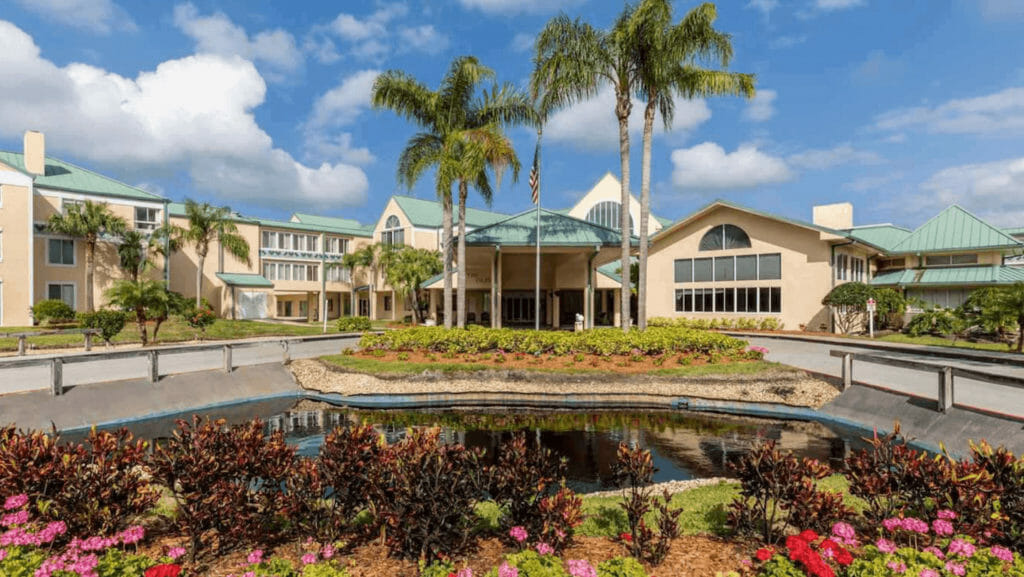
A New York senior living community is taking precautions after Legionnaires’ disease recently was diagnosed in a resident who was hospitalized but has been released.
“To date, no other residents have been diagnosed, and we have no indication that it originated here,” representatives of The Brielle at Seaview, a Staten Island assisted living and memory care community, said in a statement provided to McKnight’s Senior Living on Wednesday.
The New York City Department of Health and Mental Hygiene is working with the community to test its water supply as part of routine protocol, department spokesman Christopher Miller said in a statement, adding that a common place for Legionella bacteria to be found is in water systems.
In addition to working with health department officials and testing the water supply, Brielle at Seaview representatives said they also have informed staff members and residents and their family members and are installing new shower heads designed to filter out the Legionella organism.
“We remain vigilant and will continue to keep our residents, our staff and families of residents updated on the situation,” they said.
The Brielle at Seaview, constructed in 2015, has a total of 188 beds in one- and two-bedroom apartments in its 103,000-square-foot community, which is located on 10 acres. The community is sponsored by and was developed by the nonprofit Metropolitan Council on Jewish Poverty. Management recently was assumed by Solvere Senior Living.
Legionnaires’ disease, a potentially fatal lung infection that is contracted through the inhalation of bacteria-contaminated water droplets, is not contagious and can be treated with antibiotics. Approximately 200 to 400 cases are reported in New York City each year, The Brielle at Seaview noted.
The Centers for Disease Control and Prevention recently reviewed its investigations of Legionnaires’ outbreaks from 2000 through 2014 and found that the most common source of building-associated outbreaks was drinkable water (56%), such as water used for showering. Other sources have included cooling towers that are part of large air conditioning systems (22%), hot tubs (7%), industrial equipment (4%) and decorative fountain/water features (4%).
Read more about the agency’s recommendations for building owners and managers here.



